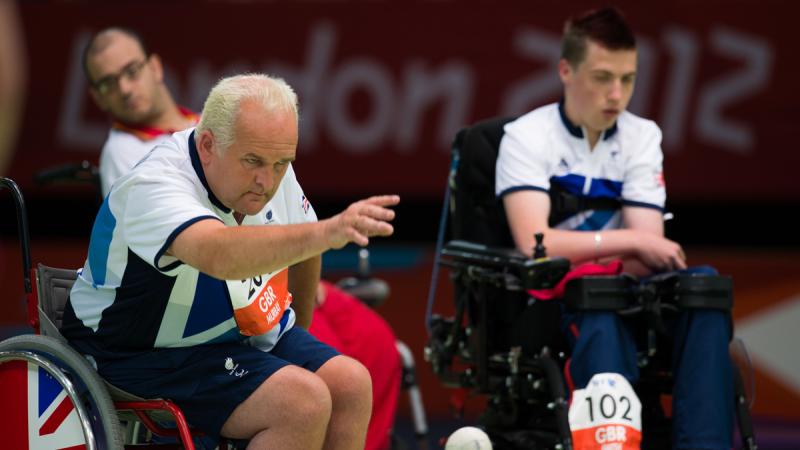CLASSIFICATION IN BOCCIA
This is a brief overview of the sport and is in no way legally binding. In all cases the sport specific classification rules will take precedence. Should this page be out of date please contact classification@paralympic.org.
Boccia is split into four classes, BC1-4, where all players compete in wheelchairs due to severe co-ordination impairment affecting both legs and arms.
CLASSES
BC1 athletes have severe activity limitations affecting their legs, arms and trunk, and typically dependent on a powered wheelchair.
BC2 players have better trunk and arm function than those in class BC1. The abilities of their arms and hands often allow them to throw the ball overhand and underhand and with a variety of grasps.
BC3 class athletes have significant limitations in arm and leg functions, and poor or no trunk control. They are unable to consistently grasp or release the ball and are unable to propel the ball consistently into the field of play and allowed to use a ramp with the help of a Sport Assistant.
BC4 class contains players with non-cerebral impairments that also impact their co-ordination.
ELIGIBLE IMPAIRMENT TYPES
Impaired muscle power
Athetosis
Impaired passive range of movement
Hypertonia
Limb deficiency
Ataxia

 Facebook
Facebook
 Instagram
Instagram
 Twitter
Twitter
 Youtube
Youtube
 TikTok
TikTok
 Newsletter Subscribe
Newsletter Subscribe
